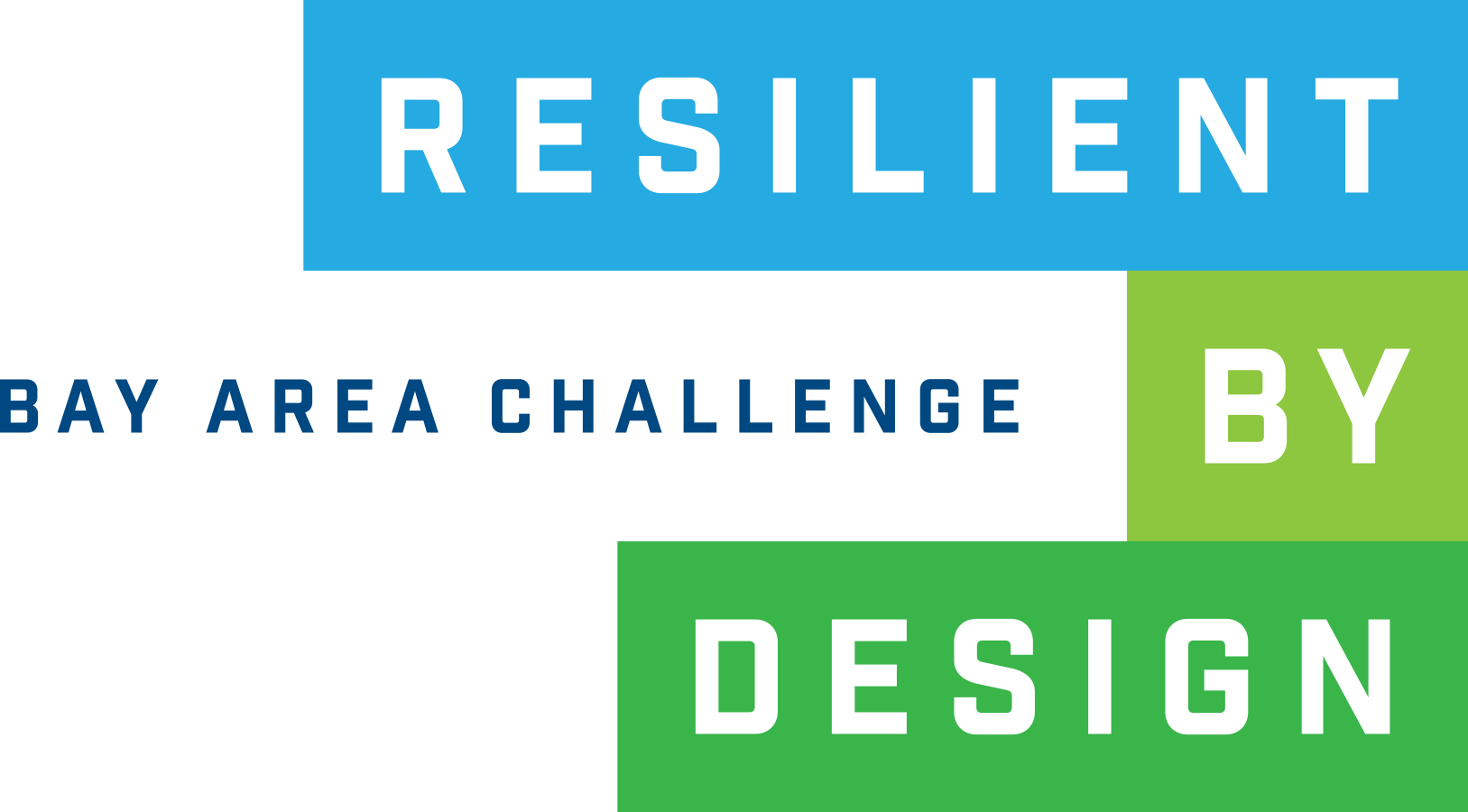In the Mud with the Public Sediment Team
February Field Report
On Wednesday, February 21st the team gathered in a building on UC Davis’s campus known to students as the Death Star–a concrete labyrinth of classrooms and studios. It was a full day of events with a morning Public Forum presentation of the project led by Brett Snyder from the Department of Design with an open conversation around outreach strategies. A highlight of the trip was to see the impressive progress students have made as part of the Making Bay studio. Students presented strategies for building with mud–introducing critical habitat for endangered species, mitigating the risk of sea level rise and sensing stations for visitors to interpret their changing landscape. The Making Bay studio is led by team member, Brett Milligan, professor of landscape architecture within the Department of Human Ecology at UC Davis and founding member of the Dredge Research Collaborative.
In the evening, we gathered for dinner at the Field Dispatches Panel Discussion with members of our team and from the Common Ground team. The Panel Discussion was a time to share what makes each of us passionate about imagining and building resilience in the Bay. Public Sediment team members Claire Napawan from the Department of Human Ecology, Beth Ferguson from the Department of Design, and Adam Marcus from the Architectural Ecologies Lab at the California College of the Arts shared past design work and ongoing research including #OurChangingClimate and solar-powered bike charging stations.
On the morning of Thursday, February 22nd we reconvened at the Alameda Flood Control and Water District for a focused Bay Design Charrette between John Bourgeois of the South Bay Salt Ponds Restoration Project, Rohin Saleh from the Alameda County Flood Control District, and Conrad Jones from US Fish & Wildlife. The term “charrette” evolved from the Ecole des Beaux Arts in France when architectural students were given a design problem to solve within an allotted time in their respective studios and would rush their drawings to their professors in a cart called a charrette. We worked through breakfast to consider the unique constraints associated with flooding risk, restoration needs, and species habitats. By the end of breakfast, we had sketched out a multi-benefit scenario for introducing tidal action and new sediment streams to the restoration project with strategic placement of dredged material to create critical habitat for endangered species and an experimental pilot project for ecological infrastructure.
Fast-forward to Monday, February 26th–a large working group meeting with regional stakeholders where we presented back the ideas generated by our Bay Design Charrette to a broader constituency. The meeting structure was reminiscent of a high school science fair, with tables and sub-teams focused on various aspects of our project that extended beyond the edge conditions of the Creek, and one table about the impact of the Uplands and Dams, another table dedicated to how people access and use the creek, and another for schools’ engagement and the development of sensing stations.
Saturday, February 24th marked the kick-off of our public outreach. Over 100 people joined the team for the “Creek Crawl”–a guided tour of the Alameda Creek–as it enters the flood control channel in Niles. Local experts from the Alameda County Water District, East Bay Regional Park District and Alameda Creek Alliance engaged in conversation with participants about the history of the creek, its uses today by fish and people, and the impact of climate change in the area. Claire from the Public Sediment Team invited “crawlers” to post to Instagram and social media about their needs and wants for the creek by taking photos with laser-cut stencils she handed out.
Please stay tuned for future posts focused on how to get involved with events like the Creek Crawl!










